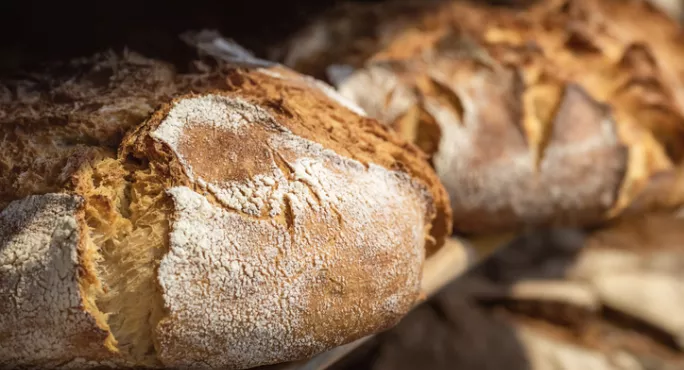- Home
- Teaching & Learning
- Secondary
- Why curriculum sequencing is like baking sourdough
Why curriculum sequencing is like baking sourdough

Ofsted’s latest Education Inspection Framework has increased the focus on curriculum sequencing. It states that inspectors will make a judgement based on the extent to which “the provider’s curriculum is coherently planned and sequenced towards cumulatively sufficient knowledge and skills for future learning and employment”.
As a geography teacher and head of department, I welcome this focus - for too long it’s felt as though we have taught topics from the national curriculum, or from exam specifications, as distinct silos of information, without showing how knowledge in one topic might be built upon in future topics.
More by Mark Enser:
It is still very common to see people’s programmes of study broken down into neat half-term blocks in which the goal is to fill that half term with content that can be covered in time to hit some arbitrary assessment deadline. For example, students do tectonics for seven weeks before moving on to urbanisation for another six and a half weeks before starting on rivers.
While an expert geographer might be able to see the links between those three topics and how each relates, a novice won’t. Each topic is like a measuring jug that is filled as far as it can before being set aside.
Thinking about curriculum sequencing and the way knowledge builds cumulatively allows us to move away from this measuring jug model and towards what I think of as a sourdough bread model.
Sequencing your curriculum: keep sourdough in mind
There are many ways to make sourdough bread but one method involves taking a piece of dough from a loaf before preparing it for the oven and putting it to one side. This piece of dough will then be incorporated into the dough of your next loaf. Before the second loaf is prepared, you take out a piece of dough, which will, of course, also contain some of the first loaf, and put it to one side, ready to go into the third loaf. Before the third loaf goes into the oven, you take out a piece of dough, which now contains elements from all three of the first loaves, and this mixes with the fourth loaf… and so on and so on.
This is one way in which we can think of how knowledge builds in a sequenced curriculum. Some of what they learned in the topic on tectonics should be applied to their second topic on urbanisation (perhaps looking at how urban areas they are studying overcome the hazards presented by earthquakes) and then the unit that follows on rivers should ask them to apply what they have learned about tectonics (perhaps looking at the Okavango Delta) and about urbanisation (what impact do rivers have on the pattern of settlements? Is there a link between settlement hierarchy and a river’s long profile?).
By feeding topics forward into later topics in a planned way we are giving pupils the chance to retrieve what they have studied in the past, helping them to remember more and for longer and therefore encouraging what Karpicke and Grimaldi term “meaningful learning”. They say that “if a person has learned something, it means they are capable of using information available in a particular context, referred to as retrieval cues, to reconstruct knowledge in order to meet the demands of the present activity”. In other words, they are learning something if they can take what they have learned in one topic and not just repeat it but apply it elsewhere.
Thinking about my curriculum in such a way means that, rather than thinking about what I can teach my pupils about tectonics to fill half a term, I am thinking about what they need to study so that they can do X over the next coming years. This helps to give a sense of purpose to what we are studying that can be made explicit to my pupils and help them to see why geographers are interested in this knowledge and how they will apply it.
Geography is a naturally synoptic subject and building on prior learning in this way feels natural to the discipline. I would be interested to hear whether it applies to other subjects in the same way.
Mark Enser is head of geography and research lead at Heathfield Community College. His latest book The CPD Curriculum is out now. He tweets @EnserMark
Register with Tes and you can read two free articles every month plus you'll have access to our range of award-winning newsletters.
Keep reading with our special offer!
You’ve reached your limit of free articles this month.
- Unlimited access to all Tes magazine content
- Save your favourite articles and gift them to your colleagues
- Exclusive subscriber-only stories
- Over 200,000 archived articles
- Unlimited access to all Tes magazine content
- Save your favourite articles and gift them to your colleagues
- Exclusive subscriber-only stories
- Over 200,000 archived articles
topics in this article



